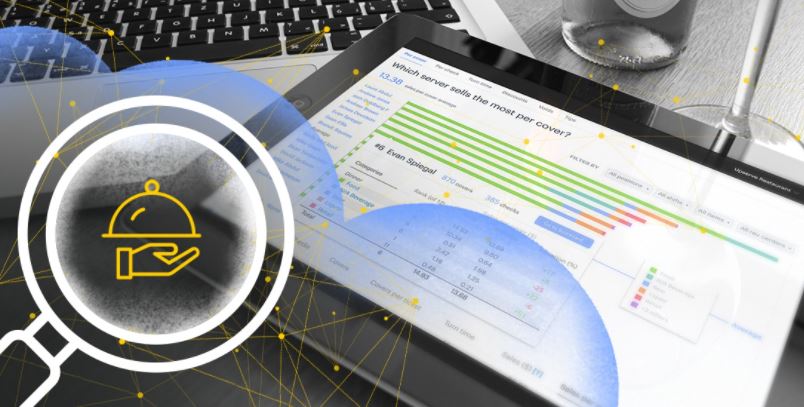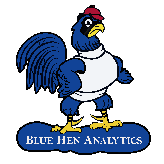
Restaurant analytics include the collection, consolidation, and analysis of data from all your various systems, from POS and back of house, to drive thru timers and customer survey results. Analytics are used to check the efficiency, speed, profitability, and productivity of your operations and employees. This information can help you increase sales, enhance guest satisfaction, optimize labor and food costs, and prevent loss.
Monitoring sales is an easy way to keep your finger on the lifeline of the business. Analyzing sales, transactions, and checks will yield the popular beverages, dishes, and/or dish combinations. This data can be used to create more desirable dishes, desirable promotions, new menu items, and even more desirable promotions.
Restaurants are integrating new technologies to record and utilize data to improve their efficiency and the dining experience. For many, that starts with how a customer orders and pays for their meal. Restaurants are using a greater assortment of digital tools, such as kiosks, mobile apps, and table-side tablets. Besides offering a more convenient ordering and payment process, these devices can offer greater customization and personalization by mining data from customer order history. Through qualitative analytics, restaurants can create datasets of customer purchasing profiles.
“Once you know that people who buy ‘A’ also like item ‘B,’ you’re getting a lot of insight from the consumer on not only a promotional standpoint but also on a bundling standpoint and that information can help you adjust your menu.
It’s crucial to monitor your restaurant analytics daily because it:
- Builds a transparent work environment for your employees. Providing a daily analytics report card to your team opens lines of communication and allows everyone to recognize potential opportunities to address gaps in operations.
- Keeps your team focused on results. This allows your employees the opportunity to strive for better results and help your business improve.
- Is easier to track emphasis points and special promotions. Your team shouldn’t be focused on the same thing year-round. In fact, each week or month, they’ll have different areas of the business to focus on, whether it’s new corporate initiatives or promoted products. Understanding the data day-in and day-out will help you determine which area requires your team’s attention.
- Provides insight into employee performance. You’ll have a deeper understanding of how your employees are performing, where problems are occurring and where training is needed. The ability to rank employees and see how individuals are performing against key metrics (i.e. how many voids has an employee given over a specific time period) can be very impactful in regards to training, scheduling, promotion, or termination decisions.
- Leads to more intelligence. Over time, daily analytics shed light on trends, which helps you create more specific forecasts.
Let’s discuss how to answer your questions with data!
